Sulphur dioxide is a colorless, bitter, non-flammable, with a pungent odor that irritates the eyes and respiratory system.

AirQuality
National Air Quality Monitoring Network
Air Pollutants
1. Sulphur dioxide SO2
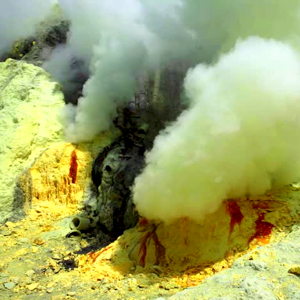
2. NOx (NO / NO2) nitrogen oxides

Nitrogen oxides are a group of highly reactive gases containing nitrogen and oxygen in variable quantities. Most nitrogen oxides are gases without color or smell.
3.Ozon O3

Highly oxidizing, very reactive gas with inecchatic odor. It focuses on the stratosphere and provides protection against life-threatening UV radiation. Ozone present at ground level acts as a component of "photochemical smog". It is formed by a reaction involving in particular nitrogen oxides and volatile organic compounds.
4.Carbon monoxide CO
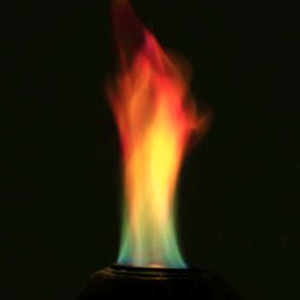
At ambient temperature, carbon monoxide is a colorless, odorless, insipid gas of both natural and anthropogenic origin. Carbon monoxide is mainly formed by the incomplete combustion of fossil fuels.
5.Benzene C6H6
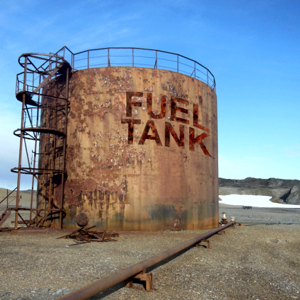
Very light, volatile and water-soluble aromatic compound.
90% of the amount of benzene in the ambient air comes from road traffic.
The remaining 10% comes from fuel evaporation for storage and distribution.
6.Particulate matter PM10 and PM2.5
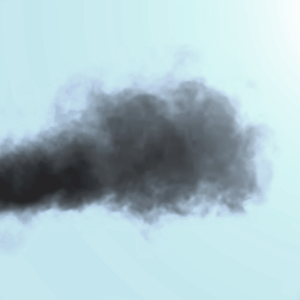
Particulate matter are a complex mixture of very small particles and liquid droplets.
7. Lead (Pb) and other toxic metals cadmium (Cd), arsenic (As), nickel (Ni) and mercury (Hg)
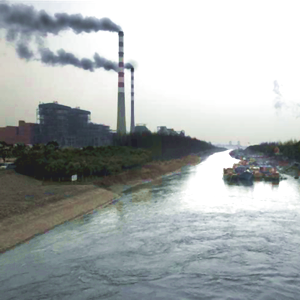
Toxic metals come from the combustion of coal, fuel, household waste, etc. And certain industrial processes.
They are generally in the form of particles (except mercury which is gaseous).
Metals accumulate in the body and cause toxic effects of short and / or long duration.
Exposure to high concentrations may affect the nervous system, kidney, liver, respiratory functions.
8. Polycyclic aromatic hydrocarbons HAP
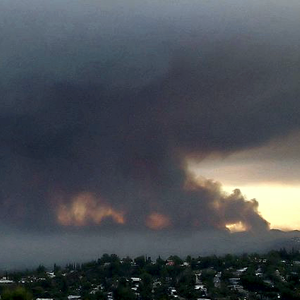
Polynuclear HAP aromatic hydrocarbons are compounds formed from 4 to 7 benzene nuclei.
These compounds result from the combustion of fossil matter (diesel engines) in gaseous or particulate form.
The most studied is benzo (a) pyrene. Polynuclear aromatic hydrocarbons are known to be carcinogenic for humans.